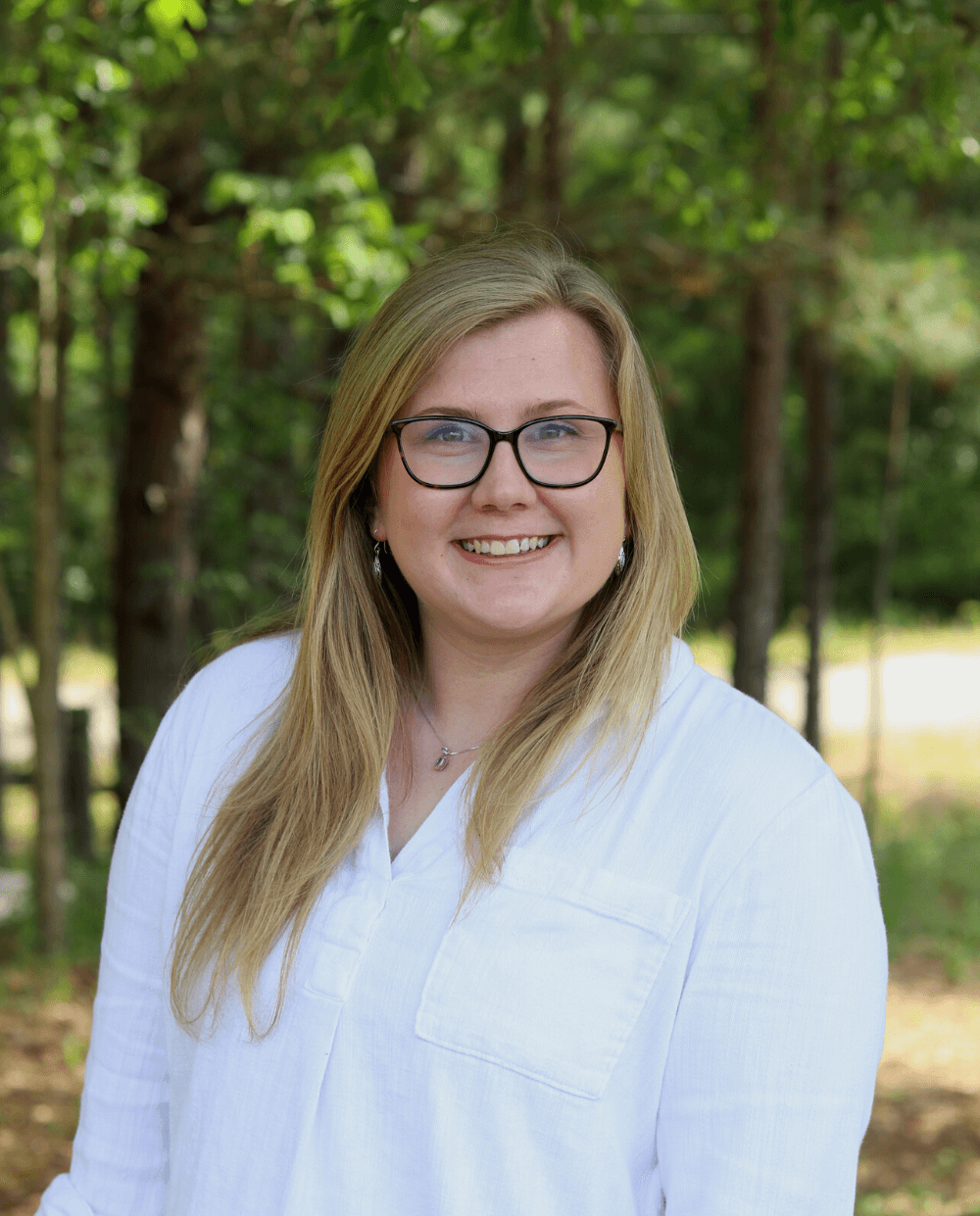7%. This is the number of adults in America that believe that chocolate milk comes from brown cows, according to a study completed by Innovation Center of U.S. Dairy. 40%. This is the number of students in a California school system unaware that hamburgers are made from beef from cattle. 50%. This is the amount of students in the same school system that did not know that pickles were cucumbers!
In this video, Alyssa explains the basics of agriculture literacy, why many of us are lacking it and why that should change.
From Agrarian to Urban
For centuries, our society has been shifting from rural, or agrarian centers, to cities, or urban centers. However, in the years since the Industrial Revolution, this movement has been happening incredibly rapidly.
Originally, this shift could be attributed to a simple need for work. Moving away from the farm and into a city put the family closer to factories and offices. Today, it’s a little more complicated—people flock to cities in search of not just jobs but community, social and political involvement and excitement. According to a census conducted by the Center for Sustainability Systems at the University of Michigan, as of 2021 nearly 83% of Americans live in urban areas, compared to about 63% in the 1950s.
Although there is nothing wrong with pursuing a more urban lifestyle, this did present a new and interesting challenge for the remaining agricultural community. As cities and populations grew, it became the American farmer’s job to feed them. Gone were the days of family farms producing enough to feed the family and maybe sell to the neighbors. Instead, farmers were producing enough food to provide at home and to be sent to the cities to sell.
Over the years, the agriculture industry in the U.S. has adapted to provide for growing populations in our own country as well as abroad. But today, we are faced with a new and possibly more difficult challenge. The shift of the population has produced generations of Americans that have not only never seen a farm, but have very little knowledge of where or how their food is produced.
Because of this, we are experiencing an agriculture literacy crisis. Okay, maybe that sounds a little dramatic, but let’s dive into it.
What is Agriculture Literacy?
Agriculture literacy has no “formal” definition, but its meaning can be extrapolated from the simple definitions of both agriculture and literacy. “Agriculture” is the science of practice of farming. “Literacy” is the understanding or knowledge in a certain area. So, broadly, we are talking about the knowledge or understanding of the science or practice of farming. Seems simple enough.
In 2013, the American Farm Bureau Foundation published the six pillars of agriculture literacy with the goal of drawing attention to the relationship between agriculture and society. These relationships are outlined as agriculture and animals, the environment, technology, lifestyle, the economy and food, fiber and energy.
The moral of the story: Our lives are more intertwined with farming than most Americans have ever noticed.
From Farm to Shirt, Snack and Beyond
Think of your favorite T-shirt. Let’s assume it is made of cotton. The number one cotton producing state in the U.S. is Texas, so let’s assume that is where it started. Cotton is planted in spring and harvested in fall, at which point the seed and fibers are separated. The fibers go on to become threads which are then used to make your favorite T-shirt. But what else can that cotton be used for?
The fibers that are too small for making cloth are destined to provide cellulose for high quality paper products, plastics and even some explosives. The cotton seed is crushed to produce oil, meal and hulls which can be used as livestock feeds, cooking oils and fertilizer.
Now let’s take a walk to the kitchen for an afternoon snack—popcorn! Iowa is the number one corn producing state in the U.S., although more than 50% of domestic corn is produced in Iowa, Illinois, Nebraska and Minnesota. Some of the corn grown in the U.S. makes it to your pantry, but about a third of the American corn crop is used to feed livestock and another third is used for ethanol production. The last third is divvied up to produce cooking oils, biodegradable packing material, and, of course, snacks.
With just those two crops, the agriculture industry has contributed to producing renewable energy, clothing, paper products, animal feed stuff, plastics and food for you and me.
Bridging the Gap
Agriculture literacy is more than understanding that a farm is a place where food is grown—it is about the interconnectedness of our agricultural community with every aspect of our lives. In our society today, it is easy to get caught in a cycle of “my food comes from the grocery store, and I ordered my clothes online,” and we are all lucky to have those options allotted to us. However, convenience and habit can never take the place of knowledge and appreciation.
In the U.S., 2% of the population are farmers or ranchers. This 2% provides the raw materials that fulfill nearly all of our basic needs but, for many of us, our physical disconnection from those people and their land and animals has produced a gap—in knowledge, in understanding, and in acceptance. Unfortunately, this gap has left plenty of room for interpretation leading to misconceptions and misinformation that then inform public perception, legislation and consumer preferences.
At Southland Organics, we are proud supporters of American agriculture and are excited to be using our platform to show that support and do our part to Bridge the Gap.
To the 2%, we are so grateful for you and your contribution to our society and our future. To everyone else watching, take the time this week to consider all the ways that 2% impacts your life! You might be surprised!
We are so happy you are here and cannot wait for the next time we get to share with you! This year, we are putting a special focus on contributing to ag literacy. Stay tuned for more videos that educate on agricultural topics and clear up some widely held misconceptions about agriculture.
Contact Us
If you have questions about our business or our products, please reach out to Alyssa at alyssa@southlandorganics.com or give us a call at 800-608-3755. Visit our website for more information, and follow us @southlandorganics on social media.






